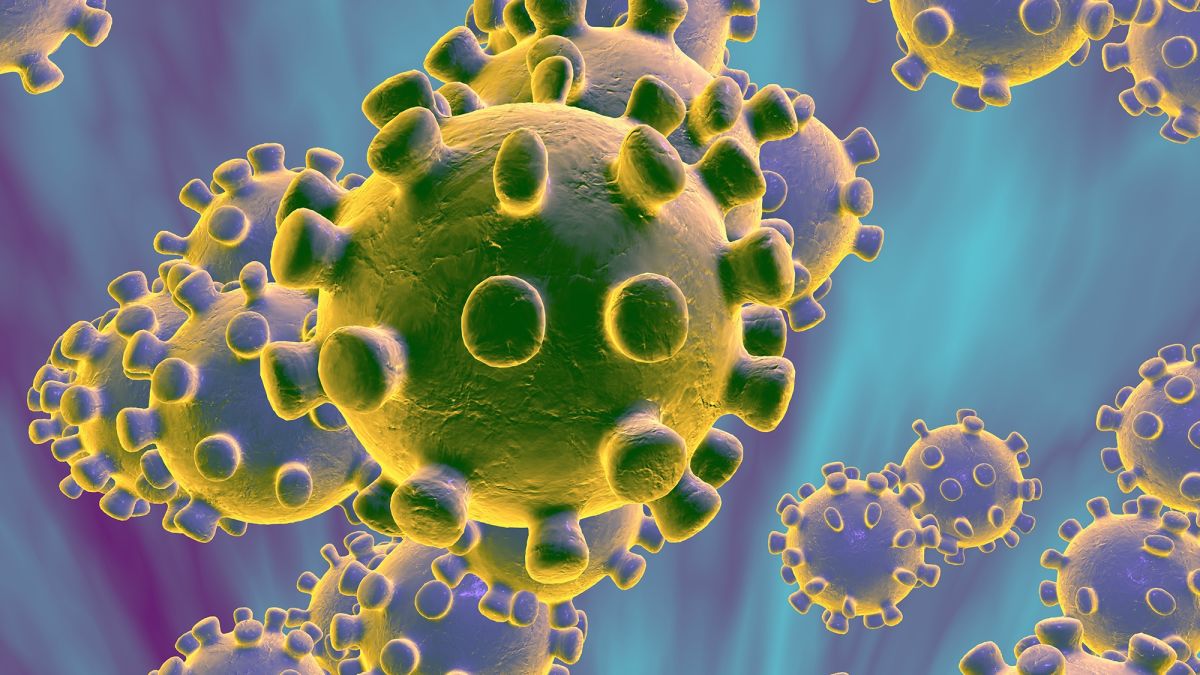While the world anxiously waits for a fully tested vaccine to guard against Covid-19, scientists have been experimenting with Chloroquine to treat and prevent Covid-19.
We lag behind Europe, still in the throes of the disease, but South Korea and China have had significantly more exposure and time to analyze diagnostic, treatment and preventative options.
Anthony Watts (Watts Up With That) examined three research papers, one produced in consultation with Stanford University School of Medicine, the gold standard in medicine research. The studies used Chloroquine to treat Covid-19.
Chloroquine and Quinine are different drugs, the former is now the drug of choice to treat malaria and Quinine, used since 1820, is still used to treat patients with Chloroquine-resistant falciparum malaria. Chloroquine is inexpensive and widely available, used since 1945 to treat a wide variety of illness such as malaria, amoebiasis, HIV, and autoimmune diseases without significant detrimental side effects.
“CDC research also shows that “chloroquine can affect virus infection in many ways, and the antiviral effect depends in part on the extent to which the virus utilizes endosomes for entry.
Chloroquine can be prescribed to adults and children of all ages. It can also be safely taken by pregnant women and nursing mothers.”
Extract from An Effective Treatment for Coronavirus (COVID-19) by James M. Todaro, MD and Gregory J. Rigano, Esq. In consultation with Stanford University School of Medicine, UAB School of Medicine and National Academy of Sciences researchers.
How did Chlorquine stack up against Covid-19?
Recent guidelines from South Korea and China report that chloroquine is an effective antiviral therapeutic treatment against Coronavirus Disease 2019.
Use of chloroquine (tablets) is showing favourable outcomes in humans infected with Coronavirus including faster time to recovery and shorter hospital stay.
US CDC research shows that chloroquine also has strong potential as a prophylactic (preventative) measure against coronavirus in the lab, while we wait for a vaccine to be developed.
Data from the drug’s [chloroquine] studies showed ‘certain curative effect’ with ‘fairly good efficacy...’
patients treated with chloroquine demonstrated a better drop in fever, improvement of lung CT images, and required a shorter time to recover compared to parallel groups.
The percentage of patients with negative viral nucleic acid tests was also higher with the anti-malarial drug…
Chloroquine has so far shown no obvious serious adverse reactions in more than 100 participants in the trials…
Chloroquine was selected after several screening rounds of thousands of existing drugs. Chloroquine is undergoing further trials in more than ten hospitals in Beijing, Guangdong province and Hunnan province.”
Breitbart asks why isn’t there more excitement about this readily available treatment which still requires FDA approval.
One possible reason is that chloroquine is a generic drug to which no pharmaceutical company owns the patent.
Big Pharma’s money and lobbying power will strive to persuade governments – and markets – that the only viable solution to the coronavirus is a vaccine.
But in the short term this simply isn’t true. Nor is it clear to me that the global economy is going to survive on lockdown for as long as it takes to develop and test that vaccine – which may not even prove effective in any case.
Breitbart
After stocking up my drinks cabinet with tonic water I was a little disappointed to discover that tonic water contains only small amounts of Chloroquine and Quinine. A therapeutic dose of quinine is 500-1,000 mg and tonic water contains no more than 83 mg of quinine per litre. However, together they may be useful in treating allergic asthma.
Researchers from the U.S. and Australia reveal how chloroquine and quinine prevented the development of allergic asthma in mice by activating the rodents’ bitter taste receptors.
Chloroquine and quinine are compounds that are used to treat malaria, and they are also added to tonic water in order to give the beverage its distinctive, bitter taste.
Not only did Chloroquine and quinine prevent airway inflammation int he mice, but the bitter compounds also prevented other key characteristics of allergic asthma, including mucus accumulation and structural changes to the airway.
The researchers also tested chloroquinine and quinine on human airway cells. they found that the compounds block the chemotaxis, or movement, of immune cells in the airway in response to allergens which helps prevent airway inflammation.
Medical News Today
Given Covid-19 affects the airway and breathing I will not be discouraged about the benefits of a good G&T to end a relaxing summer day or any day actually. Off you go now – beat those grocery hoarders and stock up on tonic before the much-lauded curfew is upon us and you are confined to quarters.

